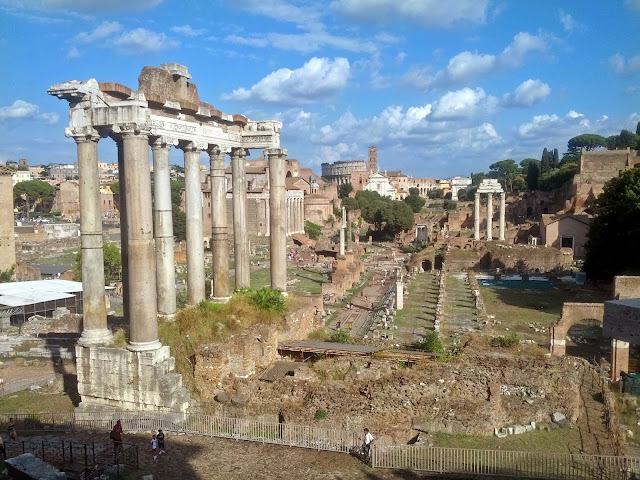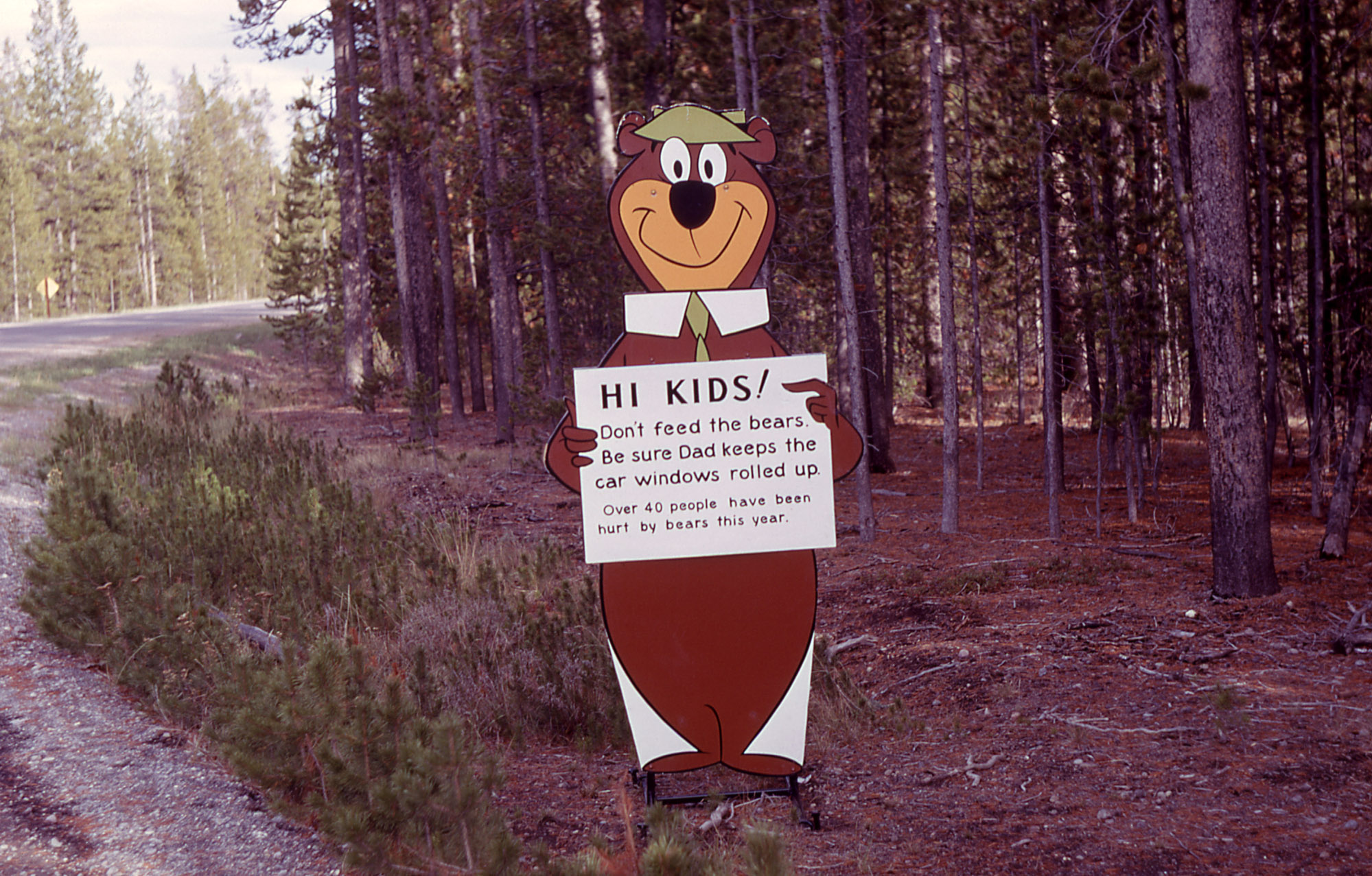Sometimes a destination is inspired by simple things. My most recent one was a desire to immerse myself in three recently discovered tastes: Malbec, Carmenere, and chimichurri. Over the last few years I have developed an increasing fondness for these, so much so that I wanted to experience them on a more intimate level. I had visited Argentina several years ago, and that was really my first taste of chimichurri. It was a fundamental accompaniment to an Argentine dinner. I didn't really know this at the time, and had to ask my waiter what it was. He politely answered, but in retrospect I guess it was a really dumb question... like asking what the red sauce is that comes with our french fries here. I'm sure he thought "Silly tourists!" The last few years spawned an increasing exposure to Malbec and Carmenere, the signature varietals of Argentina and Chile, respectively. Eventually I developed a desire to experience the South American wine country in person. And so... I did.
First stop: Santiago, Chile
 |
| Grilled octopus at Azul Profundo |
We took two side trips from Santiago. The first was to the coastal resort towns of Vina del Mar & Valparaiso. It was well worth a day trip, and the hilly landscape and colorful residences of Valparaiso are reminiscent of San Francisco. But I think a single day tour here is sufficient for most itineraries. The second was to the Colchagua valley, a premier wine producing area of Chile. This was indeed more attractive to me since my main goal for this trip was more of a culinary immersion. And for me this was a highlight. We visited 2 wineries here: Montes and Santa Cruz. Montes produces some great Carmenere, Merlot, and Cabernet Sauvignon. Nearby Santa Cruz offers some extras for visitors, which include a gondola ride, a small outdoor museum of Chilean cultures, and an alpaca pen. But here we were fortunate to have our own private tour & tasting, and it gave us a very intimate experience of the entire process of wine making.
 |
| Vina Montes vineyard |
 |
| Santa Cruz gondola and vineyard |
Next we crossed over the Andes to Mendoza, Argentina. Mendoza is the heart of the Argentine wine country, with over 1300 vineyards. And the city is a paradise for oenophiles. Even a McDonald's combo meal here includes a malbec as a beverage. The restaurants can have 20+ page wine menus, and not many serve just a glass. And following Argentine culture & tradition, dinner begins very late here (around 9pm). But that also means happy hour until 9! Typically the foreign tourists show up first, so if you want to meet some fellow Americans then just go to dinner early. One night we finished dinner around 1:00am, and the city was still very awake. We enjoyed strolling through the central city and even the street vendors were still selling at that time.
We spent 2 days touring 2 different wine producing regions. The first was Maipu. This region is popular because it is closest to the city of Mendoza. It seems to be a common tour bus route, and our first stop here was at Bodega Lopez. This is a quite a large winery. Indeed we were among a throng of visitors, so I can't say it was very enjoyable for me. But we happened to be there during the beginning of harvest so we able to witness a truck load of grapes being unloaded into the crushing bin. We also observed a full scale bottling operation in action, so it was interesting to experience a large scale wine production during harvest. After this we visited an olive farm along with an olive oil production facility. I had never seen how olive oil is produced, so that was quite an interesting tour off of the wine trail. Next we visited a much smaller boutique winery close by. It was an interesting contrast with the large scale winery which we had visited earlier, and we enjoyed this much better. And the tastings here offered a much better sampling of the wine.
The second day was spent in Valle de Uco. This region is at the foothills of the Andes, and has some of the more prominent bodegas in Mendoza. They are known not just for their wines but also for their architecture, as the buildings themselves have become quite an attraction. They tend to be very expansive, yet elegant and intimate in their design. We visited 3 bodegas here. The first was Pulenta Estate. Here we enjoyed a short tour with a small group lead by an American guide. It was a nice tour and we made friends with some fellow Americans, as well as some Brazilians. The tasting here was quite good and even included one of their premium wines: Gran Corte, which is a red blend and the best of those offered at the tasting. Mendoza is known primarily for Malbec, and it is popular in the USA because it is good, abundant, and cheap. But here we were able to get a taste of some higher quality Malbecs, which are less common in the US. Also, we were able to taste some other red varietals which are not as popular in the US (for Argentinian exports), such as Cabernet Sauvignon, Cabernet Franc, and Merlot. Some white varietals are also produced here, mostly Chardonnay and Sauvignon Blanc. These were surprisingly good considering that Mendoza usually has a warm and dry climate.
The next stop was at a smaller boutique winery called La Azul. We enjoyed a fantastic 5 course lunch here, with each course paired with one of their wines. Each course was better than the last, with the final pairing of roast pork and their Gran Riserva Malbec blend. I highly recommend this place as a lunch stop for anyone doing a tour of the Uco Valley. You won't be disappointed!
 |
 |
| A burger and a malbec |
 |
| The entrance to Bodega Lopez |
 |
| Just in time for a harvest load! |
The second day was spent in Valle de Uco. This region is at the foothills of the Andes, and has some of the more prominent bodegas in Mendoza. They are known not just for their wines but also for their architecture, as the buildings themselves have become quite an attraction. They tend to be very expansive, yet elegant and intimate in their design. We visited 3 bodegas here. The first was Pulenta Estate. Here we enjoyed a short tour with a small group lead by an American guide. It was a nice tour and we made friends with some fellow Americans, as well as some Brazilians. The tasting here was quite good and even included one of their premium wines: Gran Corte, which is a red blend and the best of those offered at the tasting. Mendoza is known primarily for Malbec, and it is popular in the USA because it is good, abundant, and cheap. But here we were able to get a taste of some higher quality Malbecs, which are less common in the US. Also, we were able to taste some other red varietals which are not as popular in the US (for Argentinian exports), such as Cabernet Sauvignon, Cabernet Franc, and Merlot. Some white varietals are also produced here, mostly Chardonnay and Sauvignon Blanc. These were surprisingly good considering that Mendoza usually has a warm and dry climate.
The next stop was at a smaller boutique winery called La Azul. We enjoyed a fantastic 5 course lunch here, with each course paired with one of their wines. Each course was better than the last, with the final pairing of roast pork and their Gran Riserva Malbec blend. I highly recommend this place as a lunch stop for anyone doing a tour of the Uco Valley. You won't be disappointed!
 |
| A flight tasting at Pulenta Estates |
The last stop that day was at Bodega Salentein. This is a Dutch owned winery which has made a huge investment in its main production and storage complex. And it is magnificent to tour. My pictures just do not do it justice, but click on the link to their site where their image gallery will give you a much better appreciation of it. Our tour here featured some of their basic level wines. But for a little extra money we were able to indulge in a tasting of their Primus label wines, which is their icon label. This was one thing I really appreciated about Argentinian wineries. The highest label wines are usually available to taste, and are affordable to do so. So always ask if you are interested.
 |
| The Cellar of Salentein |
 |
| Bodega Salentein |
After Mendoza, we traveled to the Patagonian resort town of Bariloche. This area has a lot of European influence, as evidenced by its countless chocolate shops and alpine style buildings. It is quite a fun place, where everyone is a tourist. It enjoys a superb setting on a large lake surrounded by mountains. We spent one day doing the "small circuit" tour which allowed for several panoramic viewpoints to capture the spectacular landscape. We spent another day on a tour to Mount Tronador, which is the highest peak in the region. This took us on a long bus ride on a very bumpy gravel road, and ended at the base of the mountain with a viewpoint of a glacier and some cascades from melting snow. It was a good way to spend the day. In the evenings, we had fun just strolling though the town before eating a typically late Argentinian dinner. There are many shops, cafes, and breweries (with happy hour till 9pm). I had some fantastic rainbow trout here, one of the region's specialties. And as with any town in Argentina, there are parillas (steakhouses) everywhere.
 |
| The region of Bariloche |
 |
| I have no idea what this sign means |
| One of the lakes in "The Lake Crossing" |
| Hotel Natura in Peulla |
Puerto Varas provided a nice ending to the trip. We only stayed one night, but wish we had stayed longer. It is a very charming town, overlooking a placid lake with the Osorno volcano looming in the distance.
It has some great restaurants, featuring some local fresh seafood.
Both countries provide an ideal destination for those who are seeking adventures in food, wine, culture, or scenery. Carnivores rule here, but there are abundant varieties of fresh produce, vegetables, and fish as well. The wines are wonderful and the varieties and flavors are very diverse. The culture is fun and is easy to get immersed in it, although it may take a few days to get used to the late dinners. The landscape is breathtaking, especially in Patagonia. And it's okay if you don't know much Spanish. The locals are very patient with English speakers and English is actually more common than I had expected. Of course, it always helps to know the basics... especially when it comes to menus and restaurants.
As I always say: Anyone can travel. All it takes is a little time and money, and a lot of will.
 |
| The lake shore view from Puerto Varas |


















.jpg)
.jpg)



.jpg)




.jpg)
.jpg)
.jpg)
.jpg)
.jpg)
.jpg)
.jpg)
.jpg)
.jpg)
.jpg)